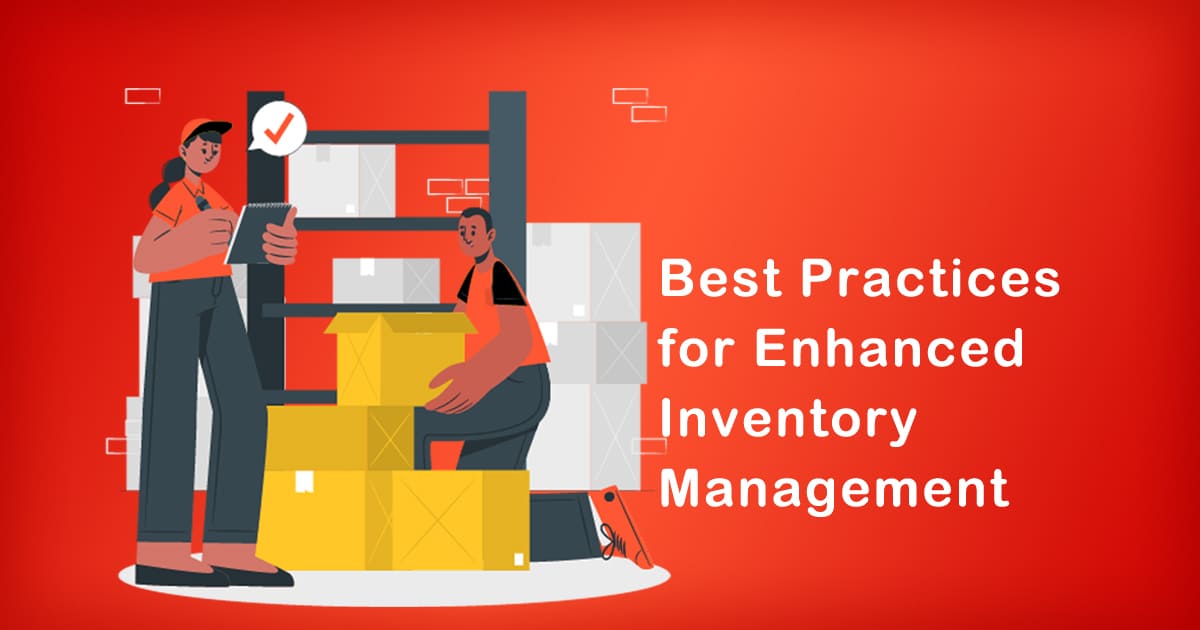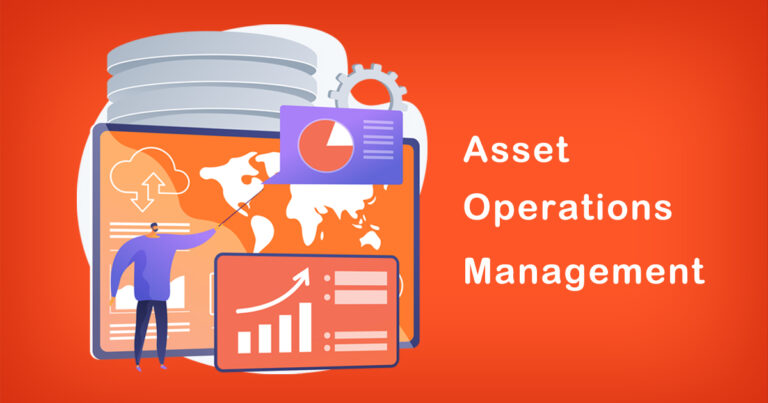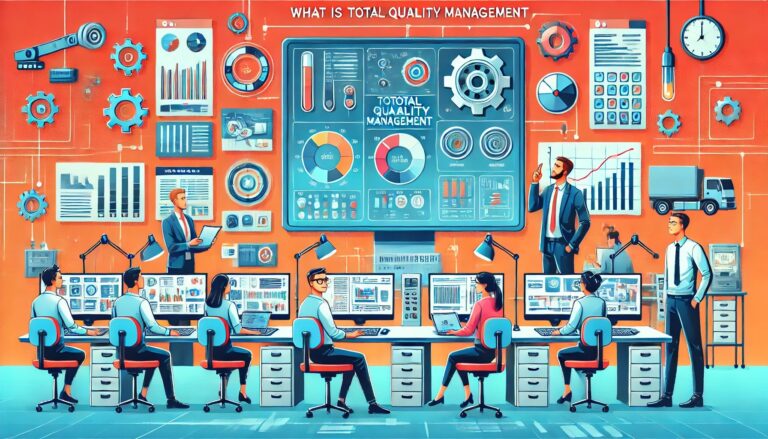Introduction
Inventory management is a crucial aspect of any business, and it becomes all the more important in a country like India, where supply chain disruptions and uncertainties are common. Inefficient inventory management can lead to loss of revenue, customer dissatisfaction, and even business failure. This blog post aims to explore some of the best practices for enhanced inventory management in India, backed by research and facts.
Understand Your Inventory
The first and foremost step in efficient inventory management is to understand your inventory. You need to know what items you have in stock, their demand, and their lead time. The demand for a product can be predicted using historical sales data, market trends, and customer feedback. Knowing the lead time of a product is crucial to ensuring that you have the right amount of inventory at the right time.
According to a survey conducted by KPMG in India, 56% of the surveyed companies use historical sales data to forecast demand, while 44% use market trends and customer feedback. However, only 30% of the companies factor in supplier lead time in their inventory management process.
Segment Your Inventory
Not all products are equal, and therefore, they shouldn’t be treated equally in terms of inventory management. You should segment your inventory based on their demand and profitability. High-demand and high-profit products should be given priority, and you should have a higher inventory level for them.
On the other hand, low-demand and low-profit products can be kept at a lower inventory level. According to a report by EY India, businesses in India can reduce their inventory carrying costs by up to 25% by adopting an inventory segmentation approach.
Embrace Technology
In today’s digital age, there is no excuse for manual inventory management processes. You should embrace technology to streamline your inventory management process. The use of inventory management software can help you automate your inventory management process, reduce errors, and improve efficiency.
According to a report by Zinnov, the Indian inventory management software market is expected to grow at a CAGR of 12.5% between 2021 and 2026. The report also highlights that the adoption of inventory management software is higher in large enterprises than in small and medium enterprises.
Collaborate with Suppliers
Collaborating with suppliers is another best practice for enhanced inventory management in India. You should work closely with your suppliers to ensure that they deliver products on time and in the right quantity. You can also collaborate with them to optimize your inventory levels.
For instance, you can work with your suppliers to implement a just-in-time (JIT) inventory system. JIT inventory system involves ordering products only when they are needed, rather than keeping a large inventory level. This can help you reduce inventory carrying costs and improve efficiency.
Conclusion
In conclusion, efficient inventory management is crucial for the success of any business in India. By understanding your inventory, segmenting it, embracing technology, and collaborating with suppliers, you can improve your inventory management process and reduce costs. As the Indian economy continues to grow, businesses that adopt best practices for inventory management will be better equipped to succeed in a highly competitive market.








